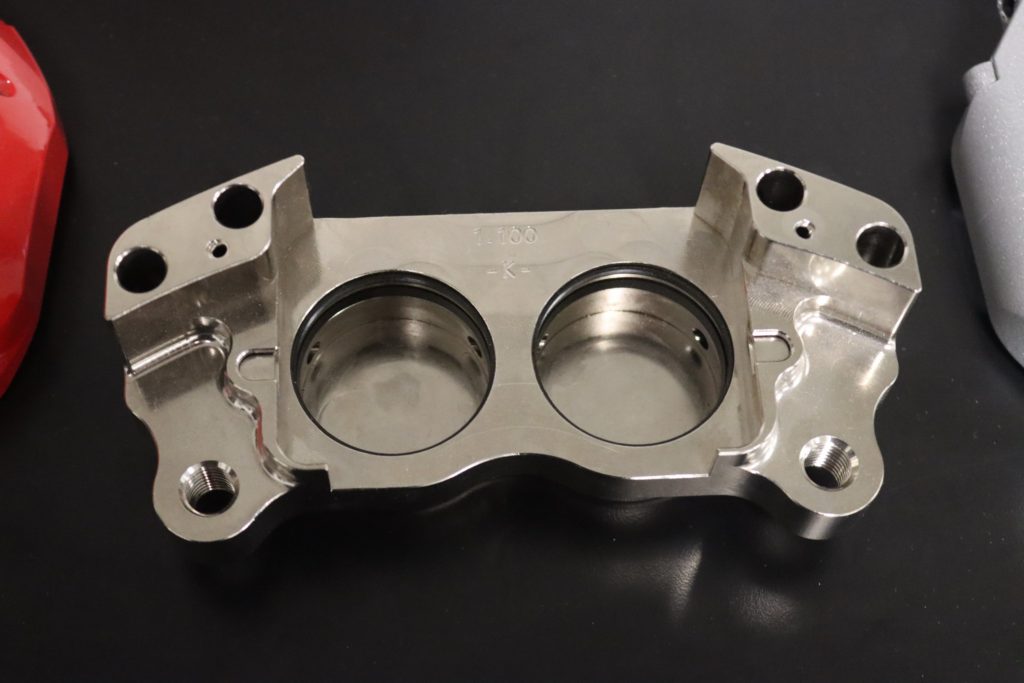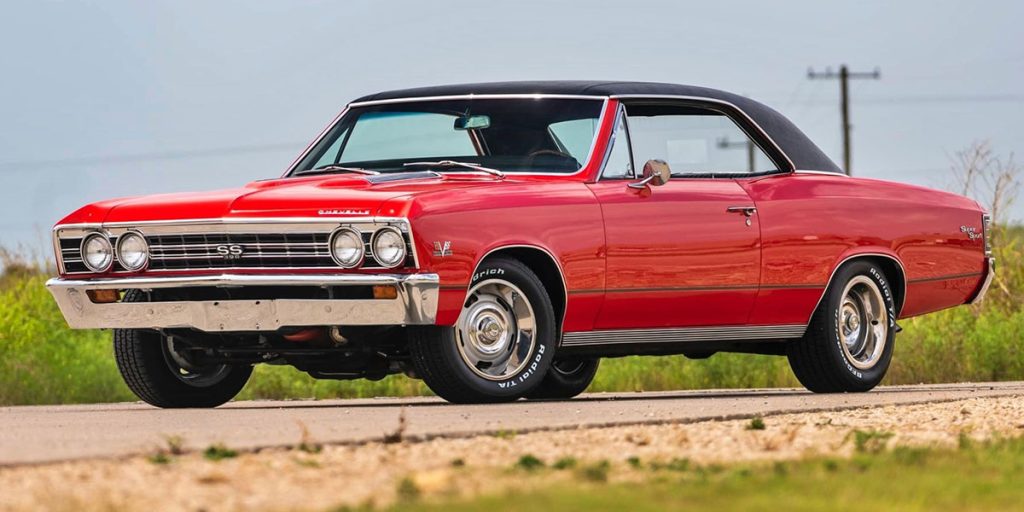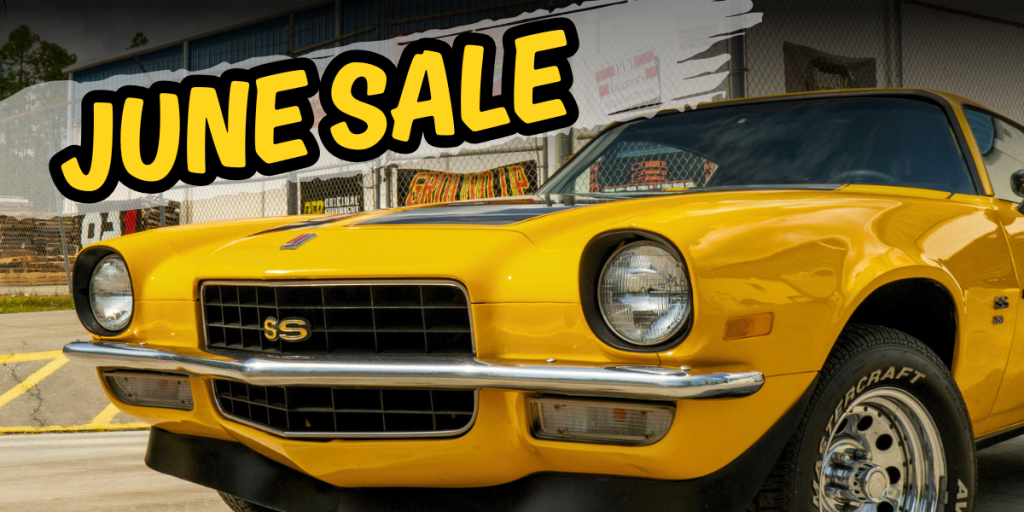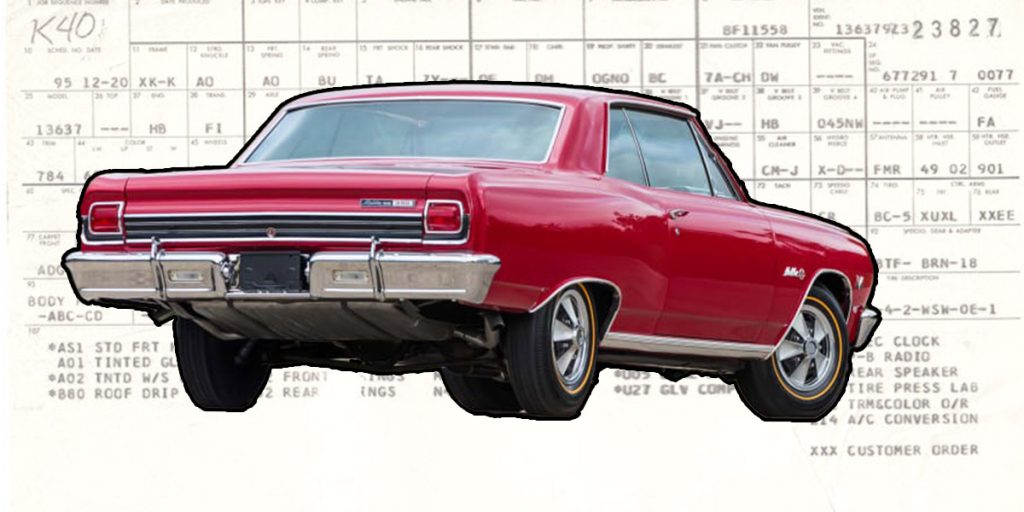Single Vs Multi-Piston Calipers: What's The Difference and What's Better?
Single, Two-Piston, Four-Piston, Six-Piston, which is the right amount of pistons in your calipers? If a single piston caliper can stop your car, then why do you need multiple pistons? Let’s take a look at the differences and reasons for single vs multi-piston calipers.
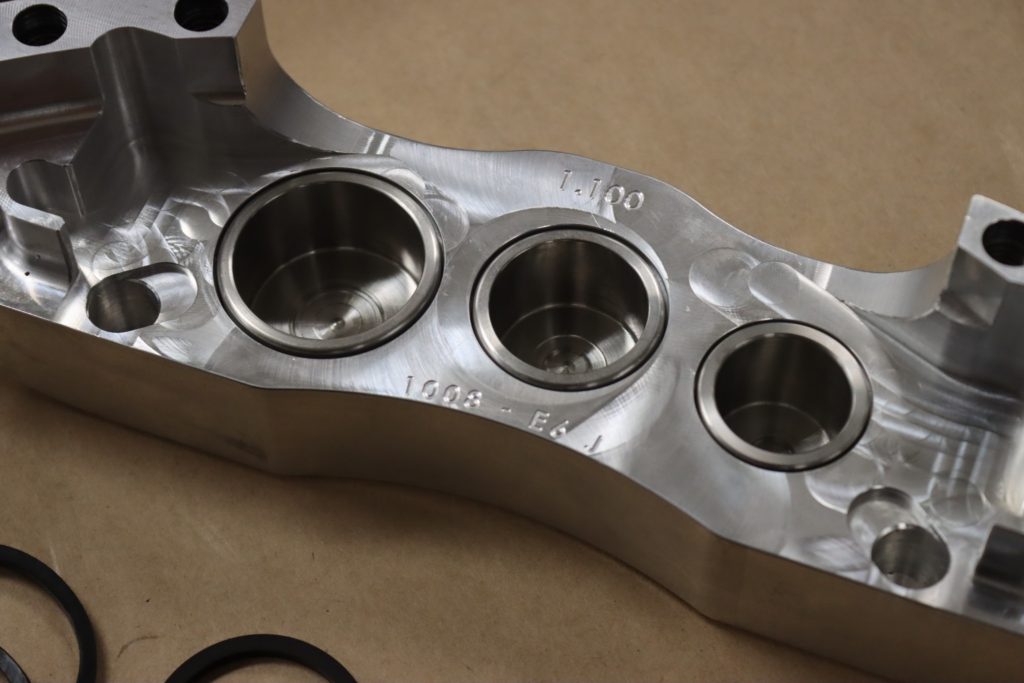
When mass producing vehicles on a grand scale such as Chevrolet, Ford, and Mopar – the name of the game is reliable, efficient, and cheap as possible. For that reason, the single piston caliper exists. That’s not to say these are bad calipers, but they are for your daily drivers and cruisers, not your high performance race cars.
Single Piston Caliper
With a single piston or even the same side two-piston caliper, these are floating calipers. What that means is that when you push on the brake pedal, that extends the piston out, which pushes against the pad, which pushes against the rotor. This action pulls the other pad against the rotor, which then slows the vehicle down. The caliper is set on a set of greased pins that allow the caliper to “float” back and forth to move as the brakes are engaged and disengaged.
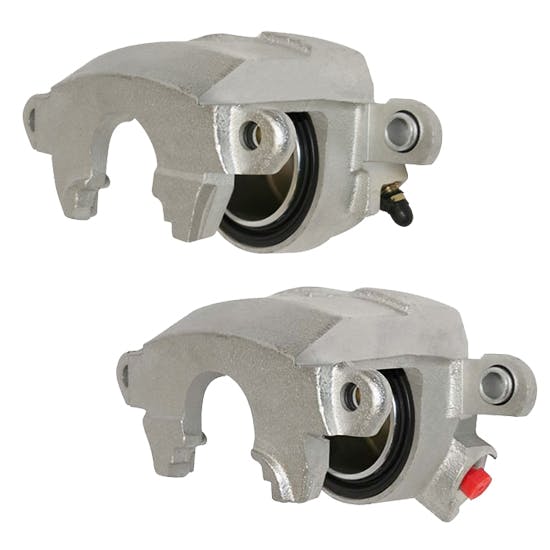
Single piston calipers also have another limitation. When you apply the brakes, it’s essentially a large heatsink because of the friction created between the caliper and rotor. One solution to help with overheating is to build a larger rotor that has more surface area along with building a bigger caliper. A single piston can’t physically work within the space constraints, so multi piston calipers are needed.
Multi-Piston Caliper
Multi-piston calipers offer a much greater braking performance than single. One reason we touched on previously, as they can have a larger caliper and larger brake pad to accept more heat before failing. Because of the larger amount of pistons, that means the pad is larger which means it can slow you down faster and accept more heat, but are also more expensive to replace.
Multiple pistons also allow for a much greater clamping force. In a single piston that piston has to push the pad into the rotor on one side and pull the pad into the rotor on the other; multiple opposing pistons means that now you have more pistons pushing pads towards the rotor.
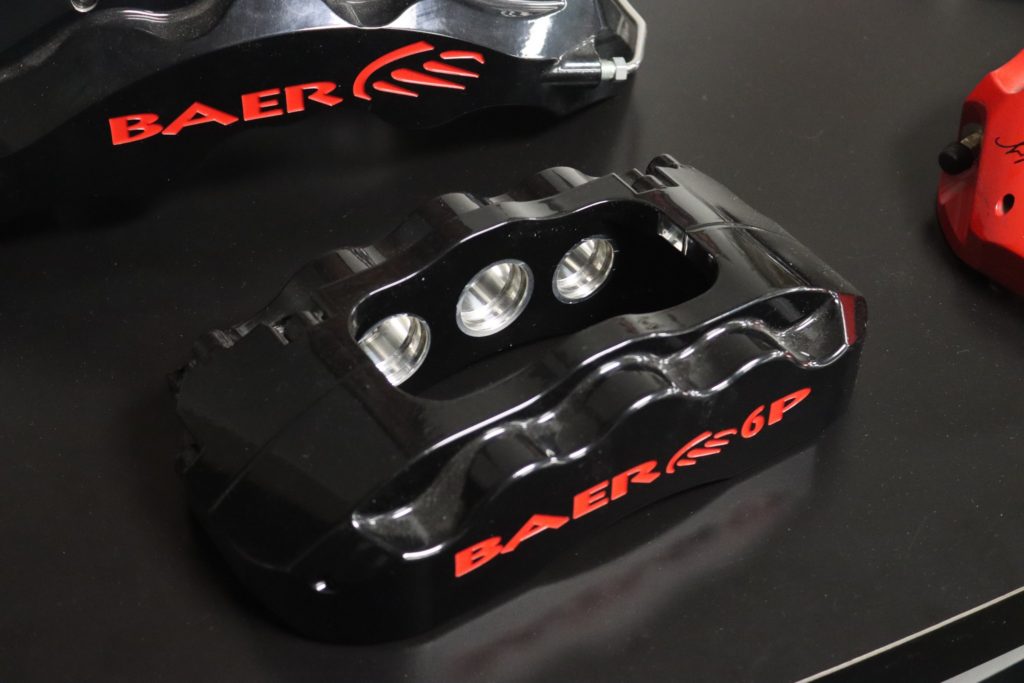
There’s more to it than that as well. In multi-piston calipers, the pistons aren’t always the same size. They can be bigger or smaller to apply different pressures to the pad. For example, most will have a larger piston in the front to engage that leading edge first.
The short and simple answer though is if you’re just cruising around a single or even dual piston caliper will work just great! That’s what’s on most production vehicles. But if you want something with more stopping power, then you’ll want to upgrade to an opposing multi-piston caliper. If you have any other questions feel free to give our friendly techs a call at (203) 235-1200 or hop on our site to check out all the options!

